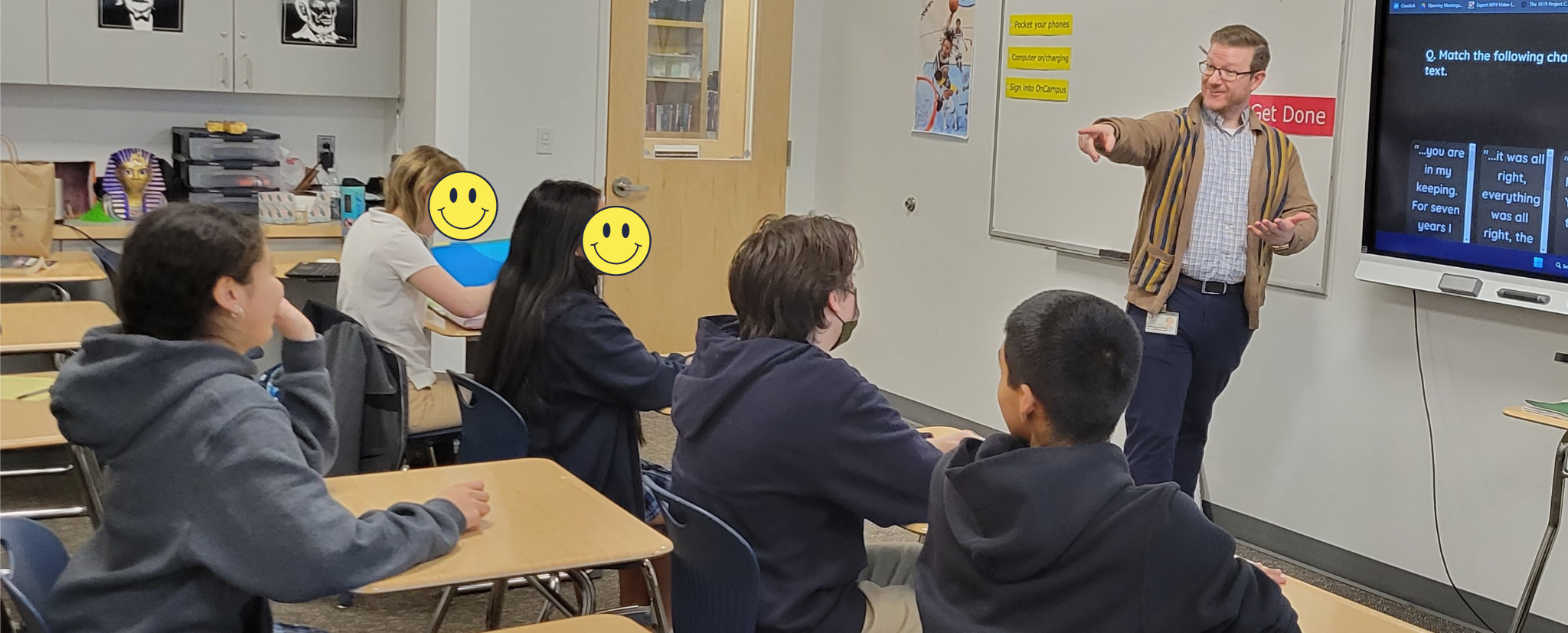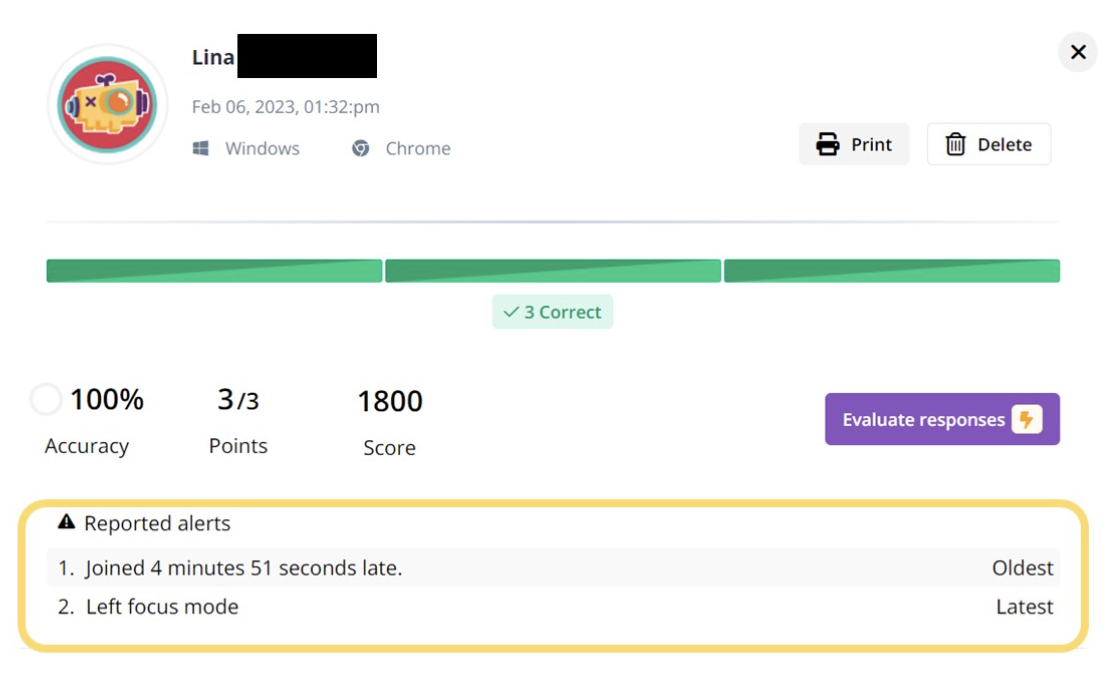Mike Frawley is the Director of Educational Technology for Woodlynde School, a private K-12 school in suburban Philadelphia serving students with learning differences. He coaches students, educators, and parents in utilizing educational and assistive technology to better balance challenge and support while promoting independent learning. This year, he’s taught English, Math, and History classes for Upper School students. He’s shared his educational strategies at various conferences up and down the East Coast.
Ken Jennings tried to warn us in 2011. When he lost his Jeopardy! game to IBM’s Watson, he quipped, “I for one welcome our new computer overlords.” Over the last few months, academia has blared alarm bells about new chatbot artificial intelligence, specifically OpenAI’s ChatGPT, that can write passable essays and accurately respond to standard writing prompts. It can even write sonnets! Before we throw all our old lessons away, let’s focus on the areas we can control: what we’re assessing with writing assignments, and our policies surrounding academic integrity.


As teachers, we agree that we need authentic, diagnostic samples of student writing early and often throughout our courses for the sake of comparison. We’re reluctant to return to the ‘blue books’ of yore, but one tool that helps us capture those samples is Focus Mode in Quizizz. It opens a full-screen version of the assignment, and it alerts the educator each time a student exits full-screen mode. Afterward, it provides a full report, including timestamps, of how much time a student spent outside of the assignment. While this has obvious application for online tests and quizzes, it’s also useful for authentic formative assessment and capturing AI-free writing samples. This video shows how to turn it on and what it looks like from the teacher's perspective. Last month, I used this Quizizz as a writing diagnostic tool for the new semester.
The main concern seems to be that students will enter your writing prompt into AI software and submit the response as their own. However, writing is a process that reflects how students think. Our teaching should share in that process. Spend time collaborating with your students on their writing. Look at partial drafts and provide feedback at various stages. My students share their Google Docs with me as soon as they begin writing, and I monitor their progress from my laptop. The commenting feature lets us converse about their work and keep a record of how it’s changing. Should I suspect an AI assist, two clicks will show me a thorough version history, where it’s easy to identify copied/pasted material. If we only look at their final products, we miss the opportunity to shape their process and prepare them for future writing tasks.
.jpg)
Large language model AI is here, and it’s not going away. Trying to block it from students, as NYC public schools recently announced, is a losing battle. Your time and resources are better spent updating your academic integrity policy and having frank conversations with your students. My sophomores and seniors both expressed wide-eyed awe at the possibilities of this technology, but they also acknowledged that it didn’t produce work that matched their writing styles. Every student understood that it was dishonest to submit AI-generated work as their own. Our English department is finalizing an updated policy that treats AI submissions as a form of plagiarism, with the requisite consequences. That doesn’t mean we won’t use this technology as a tool. We absolutely will. It’s going to assist us in research, organization, and even writing conventions, but it cannot replace the writing process.
.jpg)
Ultimately, man and machine will work together to produce the best results. Last November, the Journal of Research on Technology in Education published an analysis of AI in language education. Researchers found that very few studies (under 10% of those reviewed) included collaboration between an in-person teacher and an AI component. Most focused on only one model. We don’t know exactly how this technology will affect education because it’s moving faster than we can quantify the ramifications, but we should look into the benefits of collaboration. Math teachers feared the launch of personal, pocket-sized calculators in the 1970s, but they’re a standard part of most math classes now. Conversational AI has the potential to become a staple of assistive technology that improves student outcomes in English and language classrooms.
We’re not bowing to Ken’s computer overlords (yet), but we are facing a watershed moment for assistive technology, and thankfully Quizizz has tools like Focus Mode to help keep up. Microsoft invested in OpenAI, so it’s not a stretch to imagine an Immersive Writer next to their Immersive Reader across the Office suite, and Google is rolling out its own chatbot called Bard. I’m excited to see how students struggling with executive functioning and specific learning disabilities will carve out new pathways to success in writing. By partnering with students on this new frontier, I predict better outcomes and more authentic learning.
















